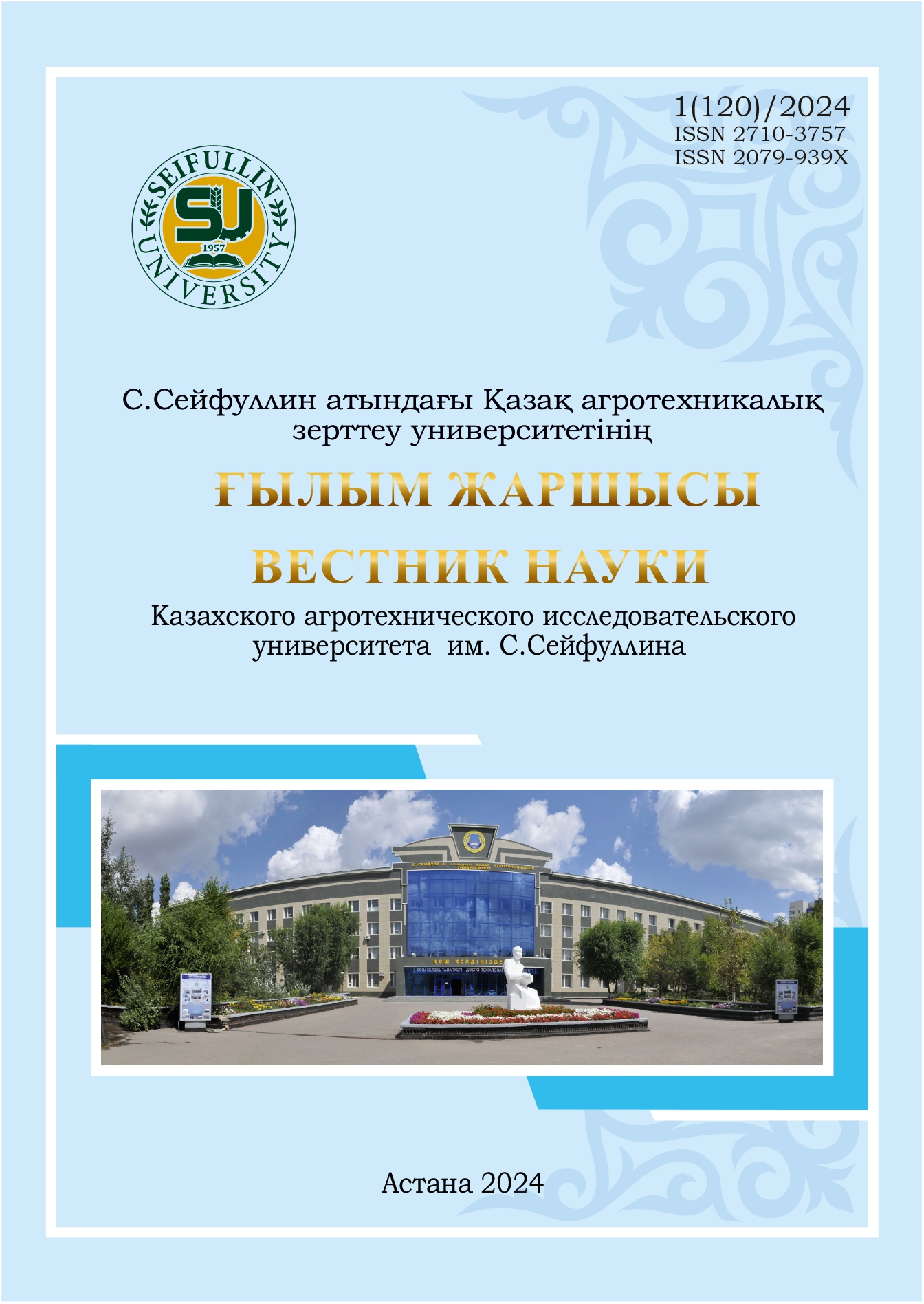ARTIFICIAL FOREST PLANTS OF THE NORTHWESTERN CAUCASUS
DOI:
https://doi.org/10.51452/kazatu.2024.1(120).1589Keywords:
Northwest Caucasus; oak forests; artificial forest plantations; permanent sample plots; visual-measuring inventory; method of comparison and analysis; productivity of plantations.Abstract
The paper presents the results of the study of artificial forest plantations of the northwestern Caucasus created by planting in the period 1951-1971. Ecological and biological features of species of woody and shrub vegetation are considered. The forest formations spread on the studied territory are described. A brief review of the works of scientists engaged in studying the nature of the Caucasus and the restoration of Caucasian oak forests is given. The methodology of collection and processing of field and desk study materials obtained from 13 permanent sample plots is described. The sample plots were established taking into account the number of at least 200 trees of the main forest element. Artificial forest plantations growing in the same conditions «fresh oak forest» have different indicators of productivity and completeness. The productivity of plantations was assessed through the index of bonitet class, average stock per 1 ha and average growth. Trunk wood stock per 1 ha was determined by multiplying the trunk volume by the number of growing trees per 1 ha. To determine the primary density of crops at the stage of reconnaissance survey, row spacing and planting spacing were determined, which allowed to further determine the safety of forest crops. As a result of the conducted research it was established that in the conditions of fresh oak forests artificial plantations of Maikop forestry are characterized by high productivity indicators, at the age of 50-70 years the maximum value is 534,448 m3/ha at completeness 0,7, the minimum value is 60,616 m3/ha at completeness 0,5. Artificial plantations are characterized by average completeness indices (0,5-0,8), which allows to attribute them to medium-full-width plantations. When creating new artificial plantations, the main species to be used as the main species are oak, oak, red oak, Caucasian hornbeam, eastern beech, common pine, and coniferous species.

